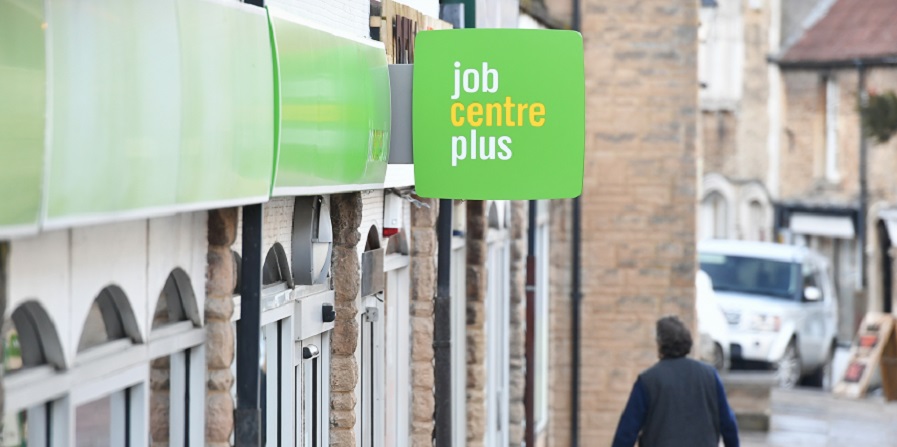Volume of people applying is double the number of EU citizens previously thought to be living in the UK
Credit: PA
The EU Settlement Scheme received more than six million applications before its closing date last week.
Government has published data revealing that 6.02 million applications had been received as of 30 June 2021 – the last date on which EU citizens were permitted to apply digitally. A total of 5.45 million had already been concluded at this point, meaning that the scheme still has about a tenth of total applications still to be processed.
Many of these were received in the scheme’s closing weeks, with about 850,000 applications made since the end of March and 400,000 in June alone.
Of those that have been concluded, 2.85 million – equating to 52% of the total – have resulted in settled status being awarded.
A further 43%, some 2.33 million people, have been awarded pre-settled status. This is given in cases where an applicant has been resident in the UK for a period of less than five continuous years. Once pre-settled status has been granted, the recipient has the right to stay in this country for a further five years from that point and – once they have reached the necessary five-year residency threshold – can apply to, effectively, upgrade to settled status. This change will not be enacted automatically by authorities, with a new application required.
A total of 109,400 people so far have had their application refused. This means that authorities have found that the applicant is either subject to a deportation or exclusion order, or that they have failed to demonstrate eligibility through either residency or a family relationship.
30 June
Closing date for digital applications
6.02 million
Total number of applications to the scheme – double the government’s original estimate of the number of EU citizens living in the UK
109,400
Number of applications refused on grounds of suitability or eligibility
52%
Proportion of all applications that have thus far been granted full settled status
As of 31 March, about 6% of all applications had been made by what the government estimates is a total of 311,870 repeat applicants.
At that point, a little under five million separate people had applied to the scheme. A further 850,000 applications have come in since.
This means that the total number of EU citizens living in the UK could be about double the three million that, since the Brexit referendum, has frequently been cited – including by government ministers – as the approximate total. Indeed, the most prominent advocacy group for the rights of EU nationals is called the3million, in reference to this estimate.
Those whose applications are still being processed have been assured by government that “most non-complex applications are still being decided within five days”.
“The Home Office has also put extra resource into concluding applications as quickly as possible, while around 5,000 older cases cannot progress as they are held at the suitability stage, for example awaiting the result of a pending criminal prosecution,” the government added.
Digital concerns
The programme has faced a great deal of criticism since its launch in 2019 – particularly for the efficacy of its technology, and its reliance on digital platforms.
Applicants were encouraged to apply through an app that – for some time – did not work properly on iPhones, as Apple did not allow third-parties to access its devices’ near-field communication (NFC) technology, which can be used to scan passports and other biometric documents.
Before the vendor opened up the use of NFC, the government advised EU nationals that they could borrow an Android device from a friend.
A range of locations were also set up at which appointments could be booked for applicants to scan their documents – to save them having to post their passport to the Home Office.
The Home Office has also faced repeated – and, as yet, unheeded – calls to issue recipients of settled status with some form of physical documentation evidencing their status. The3million has been a particularly vocal campaigner on this issue, as have a range of other politicians and representatives of civil society, many of whom have warned that the lack of documentation risks creating a repeat of the Windrush scandal.
Currently, when they wish to provide proof of their status, EU citizens can enter their passport number and date of birth and then a one-off code will be sent to their email address or phone. This code can then be entered – by the user or by, for example, a potential employer or public-services provider – to demonstrate that settled status has been granted.
Once the passport that was used to apply for status has expired, users are encouraged to update their details and provide information on their new passport – although status can still be evidenced with an expired document.
The Home Office has stuck firm to its policy that a digital-only system is more secure and has even revealed that, in the next few years, it plans to ditch all physical immigration documents.
Home secretary Priti Patel praised the delivery of the settlement programme as a triumph.
“When we left the EU, we promised to protect the rights of EU citizens who have made their life in the UK, and developed the hugely successful EU Settlement Scheme to ensure they could call the UK home in the years to come,” she said. “Having more than six million applications to the scheme is an unprecedented achievement and I am delighted that we have secured the rights of so many EU citizens – our friends, neighbours and family members.”
Although digital applications are now closed, Word-document application forms are available to download from GOV.UK. These can filled out and emailed today but, from tomorrow, must be posted.



